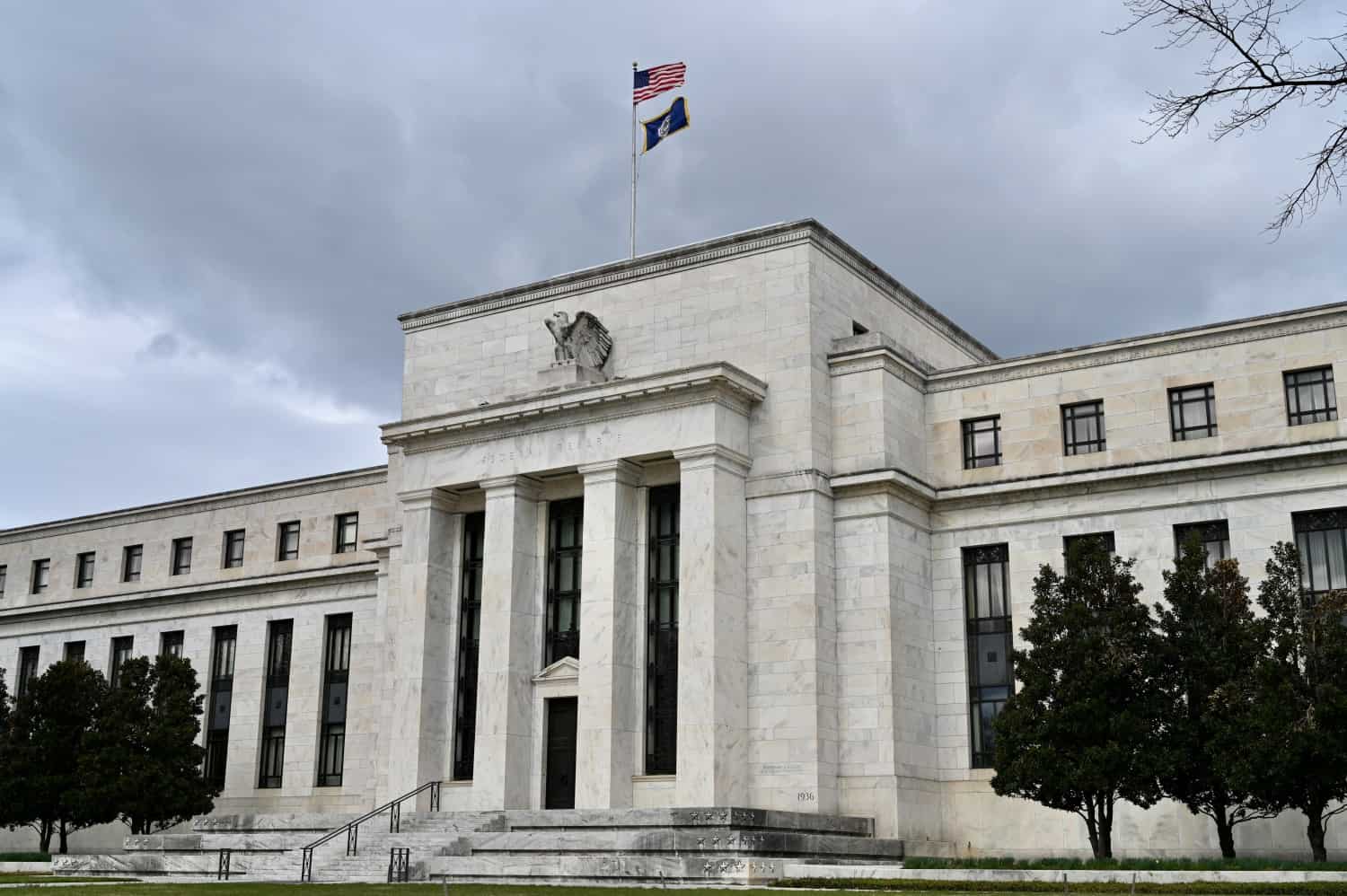WASHINGTON, US – US job gains eased in March for a second straight month, government data showed Friday, adding to signs that the economy is cooling as policymakers push on in their fight against inflation.
The country added 236,000 jobs in March, slightly less than expected, while the unemployment rate inched down to 3.5 percent, the Labor Department said.
The numbers came days after separate reports showed hiring by private US companies and services activity easing as well.
The labor market data is closely-watched for its potential impact on the Federal Reserve’s policy decisions – but it is not clear that the latest figures are enough to translate into a pause in interest rate hikes.
Wage growth was solid with average hourly earnings rising 0.3 percent to $33.18, according to the data.
Compared with a year ago, wages increased 4.2 percent.
“Employment continued to trend up in leisure and hospitality, government, professional and business services, and health care,” said the Labor Department.
The report added that the labor force participation rate continued to trend up last month as well.
The figures could bring some relief to policymakers who have been battling to rein in stubborn inflation.
To ease demand, the Fed has lifted the benchmark lending rate nine times since early last year.
Strong labor market
“The data show that the labor market remains strong with the economy still creating jobs at a rapid pace. But there appear to be hints of an adjustment,” said Rubeela Farooqi, chief US economist at High Frequency Economics.
This adjustment is seen in areas like a higher level of jobless claims and a decline in job openings.
“But with inflation remaining sticky, we anticipate the Fed will hold rates higher for some time, looking for a more significant easing of price pressures,” she added.
Fed policymakers have been concerned that rapid job growth would push the unemployment rate to new lows, said Ian Shepherdson, chief economist at Pantheon Macroeconomics, in a recent report.
Such a scenario would prevent wage inflation from easing to a pace consistent with officials’ target of two percent.
While wage growth has slowed from a peak in late 2021 and the unemployment rate has returned to a low level, policymakers have been “reluctant to acknowledge” this shift, he said.
This was “in part probably because inflation in the wage-sensitive services sector remains too high and sticky,” added Shepherdson.







